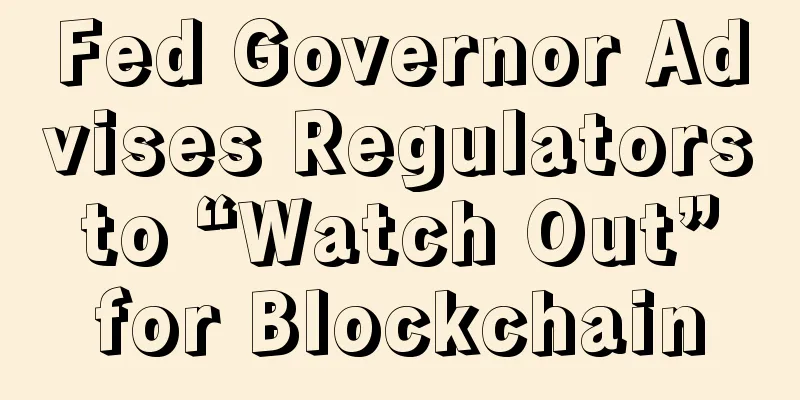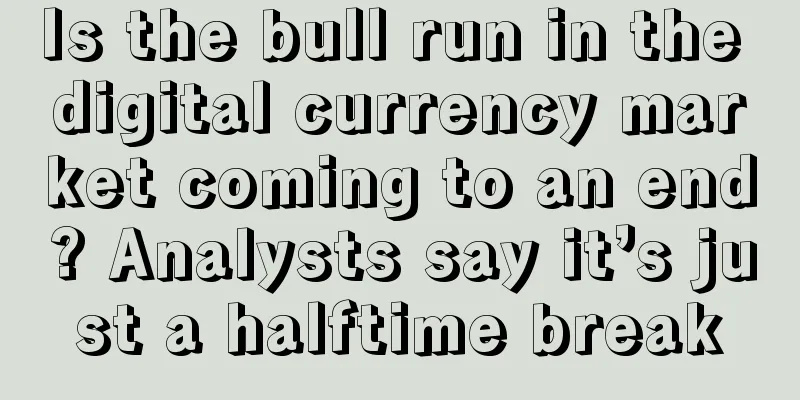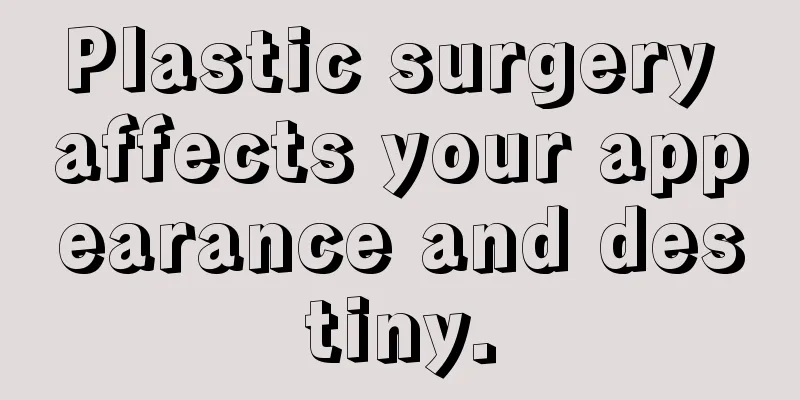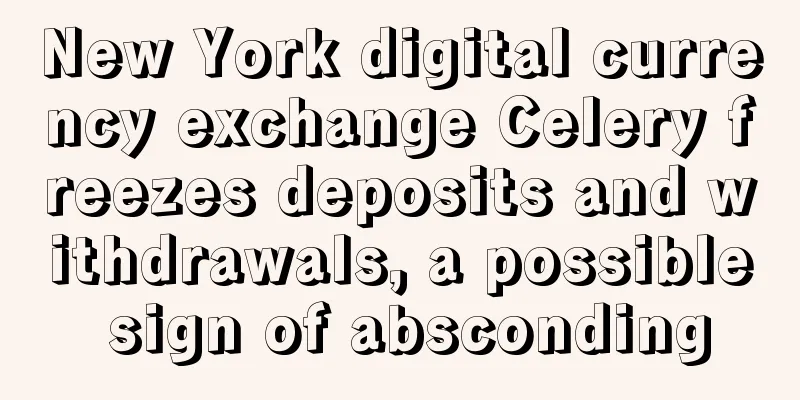Fed Governor Advises Regulators to “Watch Out” for Blockchain

|
This week, US Federal Reserve Board of Governors Governor Lael Brainard made new comments on the potential impact of blockchain technology and distributed ledgers on US financial markets. Speaking at a blockchain roundtable hosted by the Institute of International Finance (IIF), Brainard praised the emerging technology but also cautioned that the financial industry should be careful not to undermine confidence in the world’s financial markets. Brainard further encouraged and admonished regulators who have the responsibility to maintain a balance between social and private interests. Brainard said: "Regulators should analyze the impact of technological developments through active and timely engagement. Focus on the potential benefits of these emerging technologies and prepare necessary regulatory adjustments while demonstrating their safety and integrity and ensuring the public interest." In her remarks, the former Treasury Under Secretary for International Affairs said that blockchain technology experiments are becoming more frequent, and identified what she sees as the main challenges and considerations in development and large-scale deployment. Interoperability of the distributed ledger with other versions of the technology and retention systems is “critical,” as are those with access to the database. Brainard also concluded his remarks by noting that the Fed will continue to address technology development issues facing industry stakeholders and regulatory colleagues. Various national and international regulators have weighed in on the technology and its applications following the presentation, with representatives from the U.S. Commodity and Futures Trading Commission (CFTC) and Japan’s Financial Services Agency (FCA) both making important announcements in recent weeks. Reasons for optimism Despite the warning, her remarks did not sound accusatory, and she said the financial industry and regulators should remain optimistic about the technology's potential to bring about positive change. For example, she said we shouldn’t assume that any change to the financial system carries huge risks, noting that computerized ledgers were once “a pipe dream of technologists.” Brainard also specifically praised the innovations in peer-to-peer (P2P) networking, data storage, cryptography, and consensus algorithms in blockchain technology. However, she still said that technology and its applications still need to be constantly re-evaluated, and pointed out that technology itself does not have the ability to solve industry problems. She concluded: “A lot depends on the technology itself, its scalability, maturity level, controls, the environment around it, standardisation and accessibility of transaction data, the quality of management and governance, and the policy environment in which it is deployed.” |
<<: South Africa Begins Using Bitcoin to Fight Movie Piracy
>>: San Diego Gets Two New Bitcoin ATMs
Recommend
Why is it taboo to have lines at the corners of the mouth? Is it true that lines at the corners of the mouth can starve people to death?
If there are wrinkles at the corners of your mout...
Mole on the hand Is it good to have a mole on the hand suddenly?
According to the field of physiognomy, if a mole ...
What are the best features of palmistry?
Palmistry is related to our destiny, so whether a...
Palmistry Jupiter Ring Fortune Telling Diagram
Below the base of the index finger, there is a se...
Chicago Board Options Exchange applies to the US SEC to list VanEck Bitcoin ETF
A public 19b-4 application document shows that th...
What does a mole under the earlobe mean?
What does a mole under the earlobe mean? Moles ar...
Coinbase Warns Crypto Provisions in Infrastructure Bill Could Affect 20% of U.S. Population
Oinbase’s vice president of global tax, Lawrence ...
What does peach blossom eyes indicate?
What does peach blossom eyes look like? Many peop...
A woman cannot have children. What are the facial features of a woman? What does a mole on a woman’s waist mean?
A person’s face can reveal all aspects of his or h...
The market is consolidating at the top, and Ethereum is out of the short position
Author | Hashipi Analysis Team...
Rationality and romance coexist! Is it good or bad to have a forked wisdom line in palmistry?
Is it good or bad to have a forked wisdom line in...
Mining machine price market weekly report (2021.2.12-2021.2.19)
"Come and hash it, and mine and speculate on...
These men have good relationships with people of different genders.
1. The face of a man with a low and narrow forehe...
Which people are prone to being wronged in love?
Many people are always so fragile in the world of...









